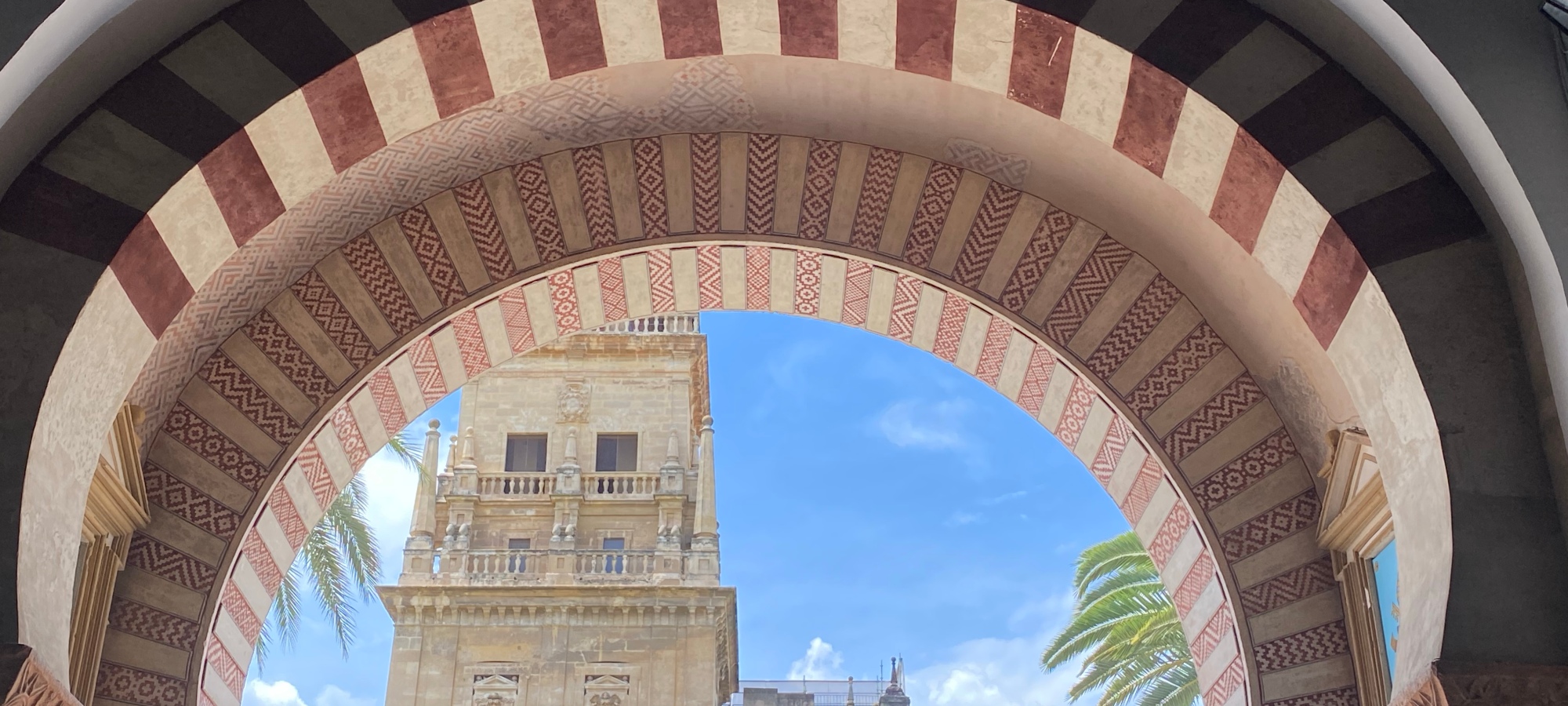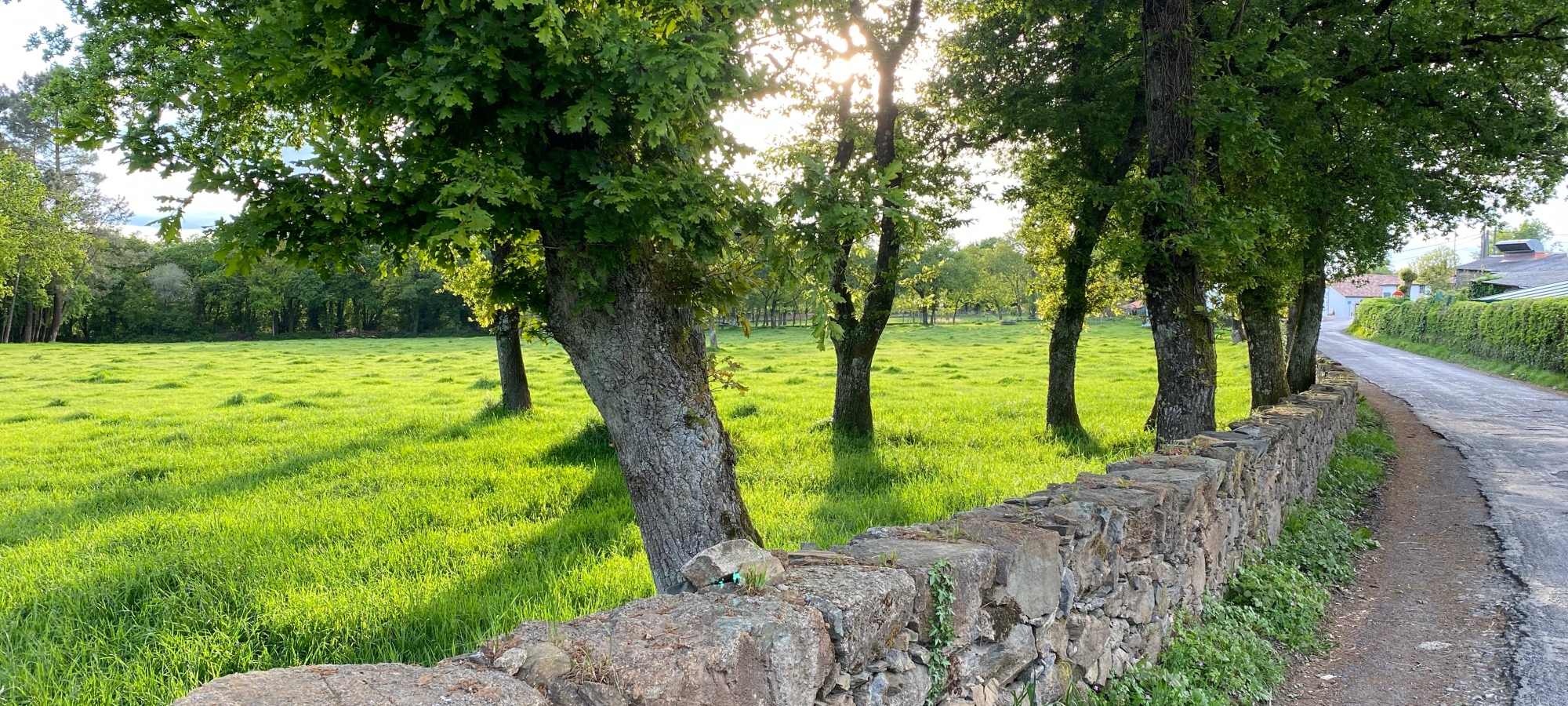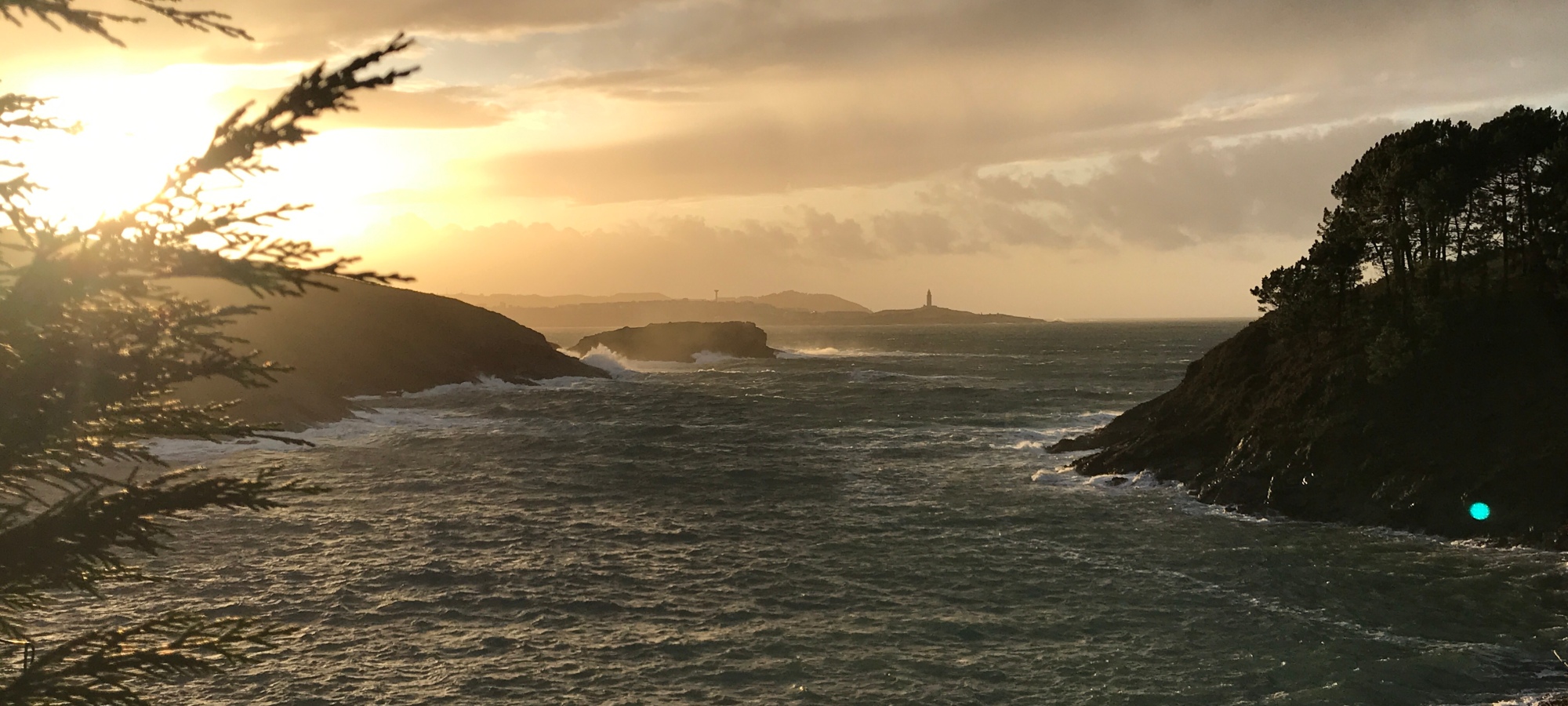I’ve traveled to conflict zones over the course of my adult life. Some have been boiling over while I was there. Others quietly simmering.
Like in the Middle East, being stopped at checkpoints controlled by a militia who stationed a 12 year old boy sitting on a bucket to ask why we want to travel a road, while clutching a machine gun. You’ll consider your life choices in moments like that.
There was the DMZ (demilitarized zone) between North and South Korea when we had one of our guys shot down on the North side of the border. Having to register with the embassy in Seoul in case it all went pear shaped. With tensions running so high messages were perpetually flashing across the tv as warnings on how to evacuate the country.
Other places with long simmering conflicts like a divided Cyprus with the Turks and Greeks were not so scary. Just inconvenient.
But being here, what happened such a short time ago seems very real and is still very raw. I remember seeing stories on the news in the 70’s and 80’s, but the American press cared more about Middle East conflicts, where oil mattered above all else, to pay attention to what was happening in Northern Ireland. In the US, most people considered it a backwater – irrelevant.
As a refresher, back in the 60’s, as the rest of the world was fighting for civil rights – the Northern Irish Republicans (mostly Catholics) wanted their rights in Londonderry. They marched and protested peacefully. The British government cracked down hard, sending troops ‘for 3 months’ to crush the insurrection. They stayed for 38 years. It started here and Derry became ground zero for ‘The Troubles’- really a civil war.
Republicans wanted gerrymandering of elections that disenfranchised them to end, and elected officials to stop oppressing them. They wanted to be united with the rest of Ireland and govern themselves. The loyalist to the English crown liked things to stay as they were. But they were sorely outnumbered in Northern Ireland 2 to 1 then, and still are. There are just 2% of them left in the walled city of Londonderry and right outside the gate you can see their passion for their views today

They’ve painted the curbs in the colors of the British flag to show their Unionist support.

The Free Derry Museum tells the story of the time. Guided only by relatives of those killed in the conflict. It sits amongst a series of street murals done by ‘Free Derry Artists’ on buildings known as ‘The Peoples Gallery’ in an area called The Bogside, below the town wall where the Catholic slum used to reside. Where ‘Bloody Sunday’ (Yea, thats what the U2 song was about) occurred in Jan 1972 when British troops (by British PM David Cameron’s own admission) attacked unarmed peaceful protestors killing 28. The town went mad! The protest movement spread like wildfire across Ireland and the current incarnation of the IRA (Irish Republican Army) was born.

Walking amongst the murals is eerie. Like a graveyard. So much happened here, so little time ago. The mural of the little school girl is particularly poignant. Annete McGavigan was sent to get bread by her Mam when she was shot in the head by a British soldier. The first child of over 100 that would die in the conflict. The mural shows the stones she had collected for a school project that were in her pocket. They say her Father came and stood in front of it every day until he passed recently. He talked to her picture to tell her about his day.
Added to this mural, after the Good Friday accords that stopped the conflict in the 90’s, is a destroyed weapon. And a Butterfly. Two brothers who lost their brother in Bloody Sunday asked for it to be added to symbolize rebirth.











The other murals depict scenes and people from the period. The final one is the dove in the shape of Ireland. Celebrating all colors, religions and people in peace.

The EU erected a Peace Bridge here too. To symbolize their commitment to supporting peace in NI. But now there is Brexit. If you know anything about the debacle that is Brexit, you know Northern Ireland is a sticking point. Free Movement from the North to the rest of Ireland is part of the Good Friday accords. Brexit has rattled the people here. They’ve seen and been through too much. They don’t want ‘The Troubles’ to return. But they won’t accept a hard border to the south.

We had heard in the south that the feelings here are still raw. And they are. Like most geopolitical conflicts in the world, we in the US are so far from them we struggle to relate. We just turn off the tv and say ‘Uch. I’m tired of seeing that.’ Its a luxury other people, and other countries, don’t have. And these ‘little regional conflicts’ have very real, very global consequences for us all – whether we like it or not.
If Derry teaches us anything its that violence, walls and oppression are temporary solutions and not long term strategies for peace. Dialog, listening and a willingness to change our views, as times change, are the only way forward.
After David Cameron stood on parliament in 2010 and read the government report on Bloody Sunday – profoundly apologizing for it and taking responsibility, Derry and Northern Ireland held its breath. Large screens had been set up in town squares throughout Ulster to view it. It was a national event. Afterwards the news cameras were trained on an old woman whose husband was the last person killed that Sunday, 40 years before. Amongst tear gas he had come out of a doorway to help a boy who was on the street, shot and crying for his Mom. They shot her husband thru the eye as he tried to help the boy.
The cameras shoved in her face, they asked his elderly wife what she would do if she had David ‘bloody’ Cameron standing in front of her right then. She said she would invite him in for a cuppa tea. ‘Its enough now.’ She told them. And the collective breathed a sigh of relief.
One man told me he was spoiling for a fight that day. Waiting for the English to shirk responsibility, again. ‘But if she can forgive, then so can I.’ I find that old woman’s example profoundly moving.
There are other amazing sights to be seen here. I’ll post those at another time, but on a day like New Years Eve, when we typically reflect on things, this deserves it’s own. Its that important.




